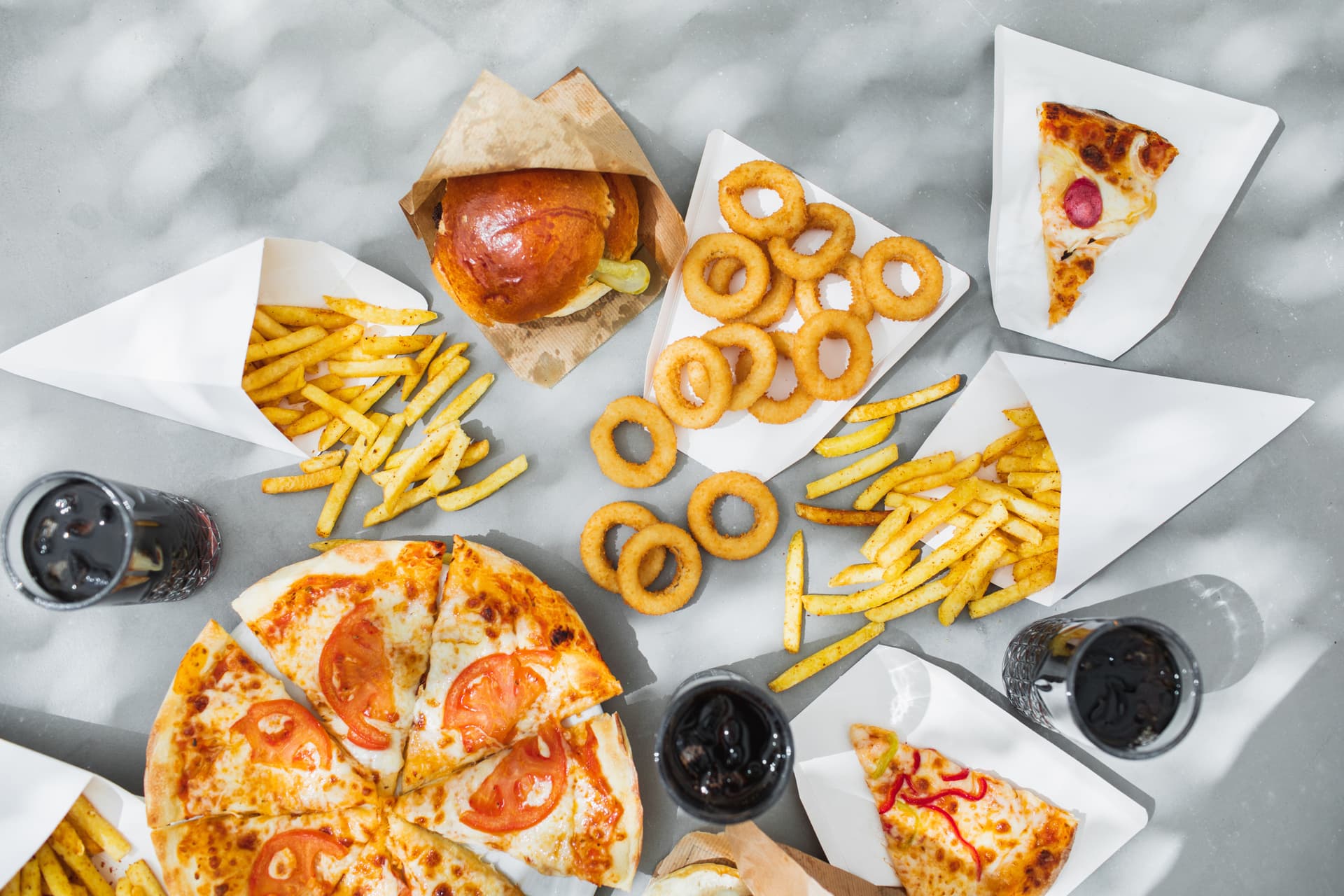‘Luxe’ food from Taco Bell? Scoff away, but it’s selling
A focus on value gave some restaurant chains a big boost in a rough quarter.

Anastasiia Krivenok/Getty Images
• 3 min read
Consumer sentiment plummeted last quarter, as concerns about tariffs and the stock market weighed on everyone’s minds. Some restaurant chains have suffered amid this decline in sentiment, recent earnings calls suggest, while others have risen to the challenge and prospered.
Chipotle, for instance, had a rough quarter. Its same-store sales dipped 0.4%, the first time they’ve dropped since 2020. Revenue came in below analysts’ estimates, and the company lowered its same-store sales guidance for the year. KFC, Pizza Hut, and Starbucks all saw US same-store sales drop year over year, and Starbucks’ EPS was down 50% year over year.
Chipotle CEO Scott Boatwright pinned his chain’s weak quarter on dampened consumer spending due to uncertainty about the economy. The company performed a “visitation study” and found that “saving money because of concerns around the economy was the overwhelming reason consumers were reducing the frequency of restaurant visits.”
Promotions and a value focus are helping some chains thrive: But other restaurant chains are seeing gains in the same macroeconomic environment. Taco Bell—owned by Yum Brands, the same company that runs KFC and Pizza Hut—saw its overall US sales grow by 11% and its same-store sales by 9%. And Chili’s is downright booming: It enjoyed 31% same-store sales growth and 21% growth in foot traffic year over year. Its parent company, Brinker International, saw its EPS more than double YoY, from $1.08 to $2.56.
Promotions are one reason these chains are succeeding. At the start of the current quarter, Chili’s launched its Big QP burger, building on the success of last year’s Big Smasher burger. Taco Bell’s Luxe Cravings Box (watch your back, Chanel!) helped boost repeat customer visits by nearly 12% in January, according to data from Placer.ai. Wingstop’s T-Mobile Tuesday and Super Bowl Sunday promotions each increased visits by upward of 55%.
News built for finance pros
CFO Brew helps finance pros navigate their roles with insights into risk management, compliance, and strategy through our newsletter, virtual events, and digital guides.
Chili’s has also been sensitive to customers’ concerns about shrinkflation, launching a “better than fast food” marketing campaign. It’s seeing “very stable, very steady” demand for its $10.99 “3 For Me” meals, CFO Mika Ware said, and it will “continue to protect those opening price points” for consumers in the face of tariffs and supply chain challenges, she added. The chain’s also focusing on improving the customer experience, taking steps such as simplifying its menus to reduce the burden on kitchen staff and improving its recipes, CEO Kevin Hochman said.
“The guys that are growing market share right now, they’re the ones that have generally better experience[s]. And so it’s not just about the lowest price point,” he said, noting that Chili’s is aiming to keep its experience and food scores high.
Though Starbucks had a weak quarter, it appears to be taking a page from its competitors’ playbook. New CEO Brian Niccol is trying to restore the chain to its “third place” roots with better seating, friendlier customer service, and lower wait times. He’s hoping that consumers will think of Starbucks as a “simple everyday luxury that [they] can still continue to participate in” even if the economy is rocky.
And it’s looking to keep prices steady in the face of tariffs. “Our intention is to not move on pricing for the balance of this fiscal year,” Niccol said. “Price would be the last lever I’d like to pull.”
News built for finance pros
CFO Brew helps finance pros navigate their roles with insights into risk management, compliance, and strategy through our newsletter, virtual events, and digital guides.